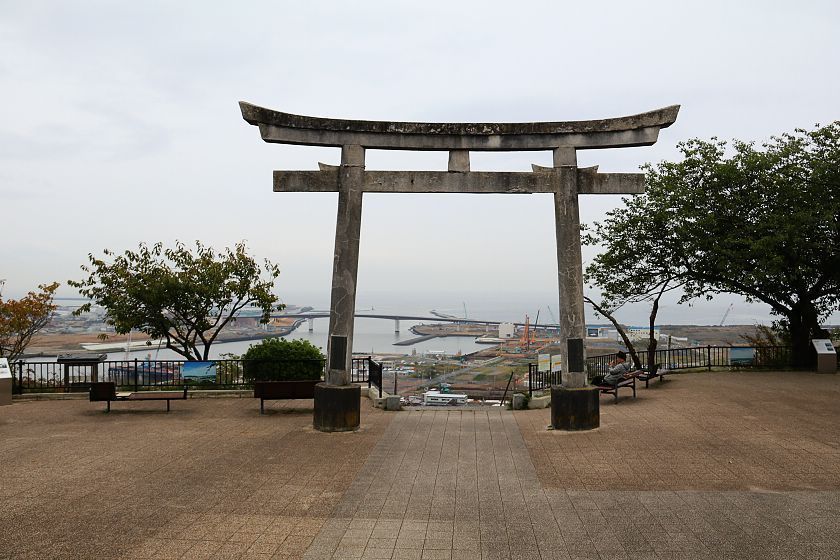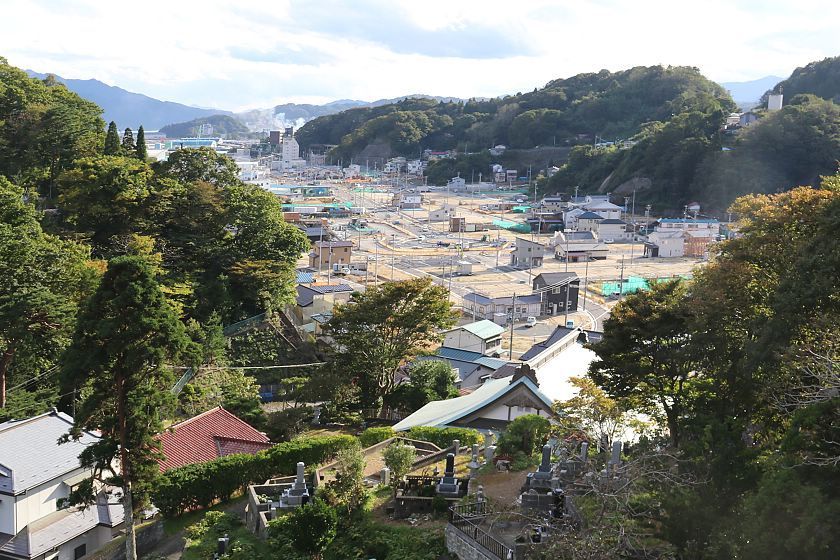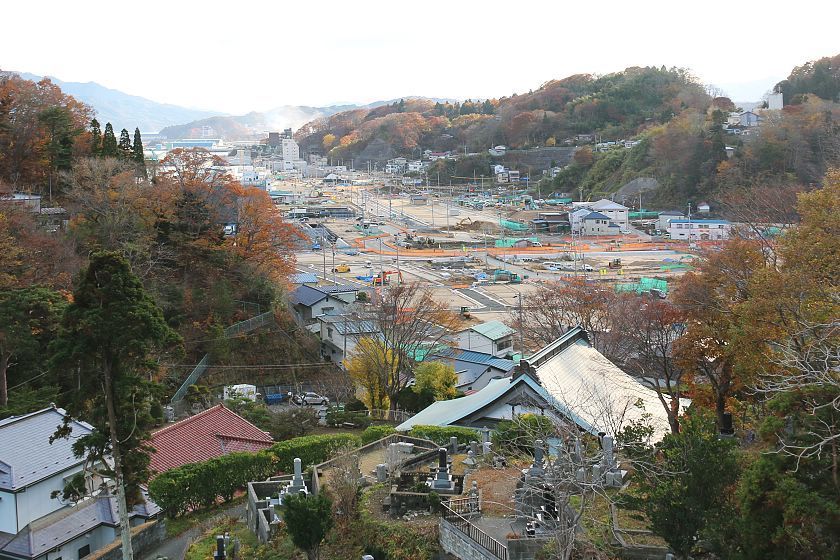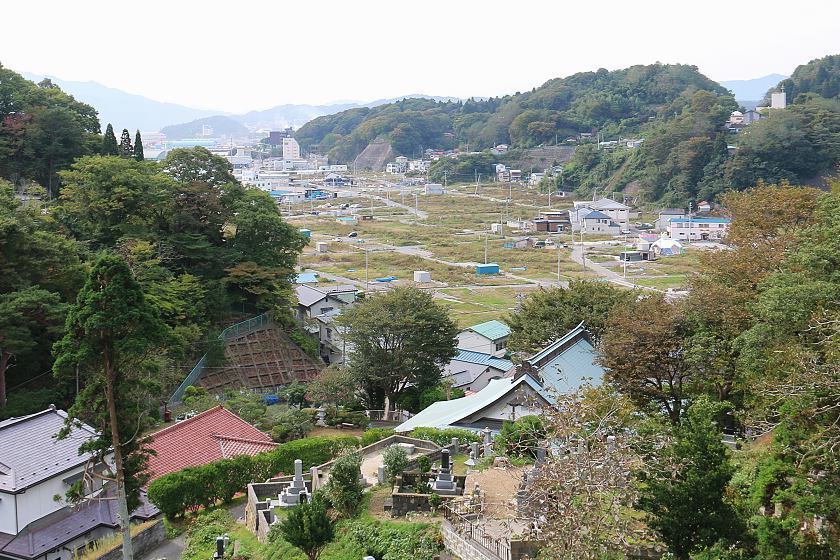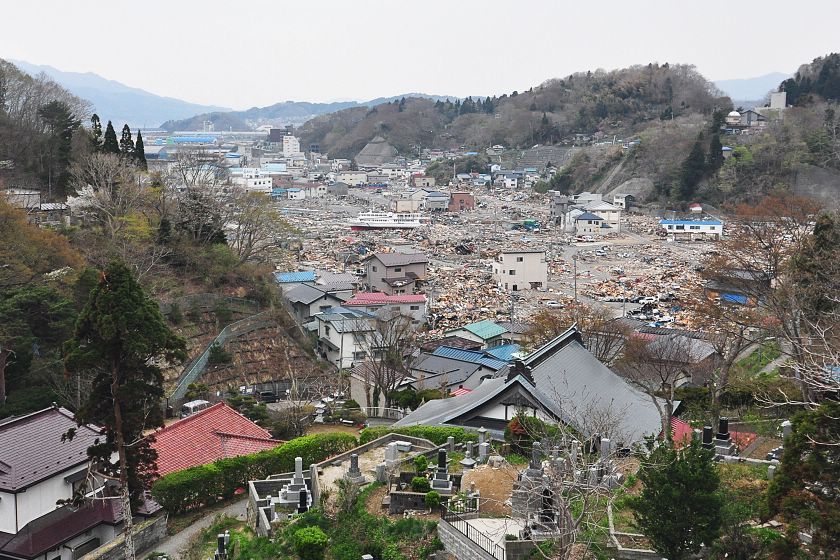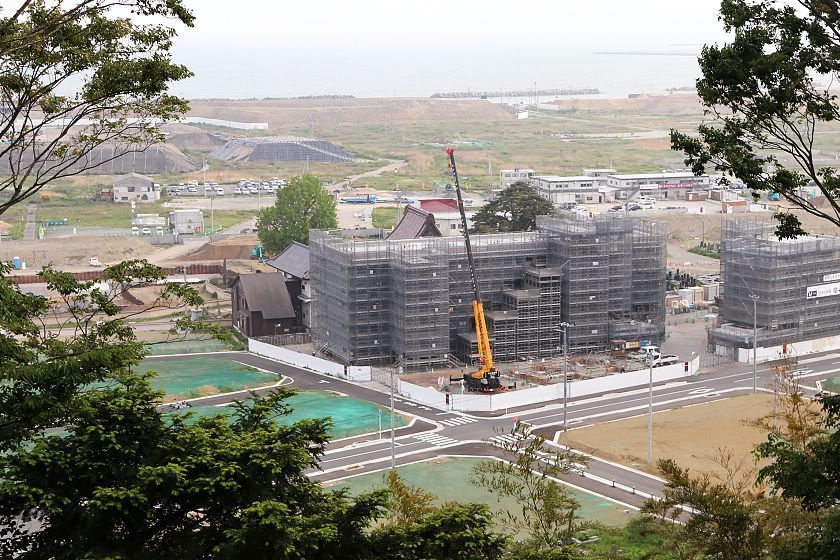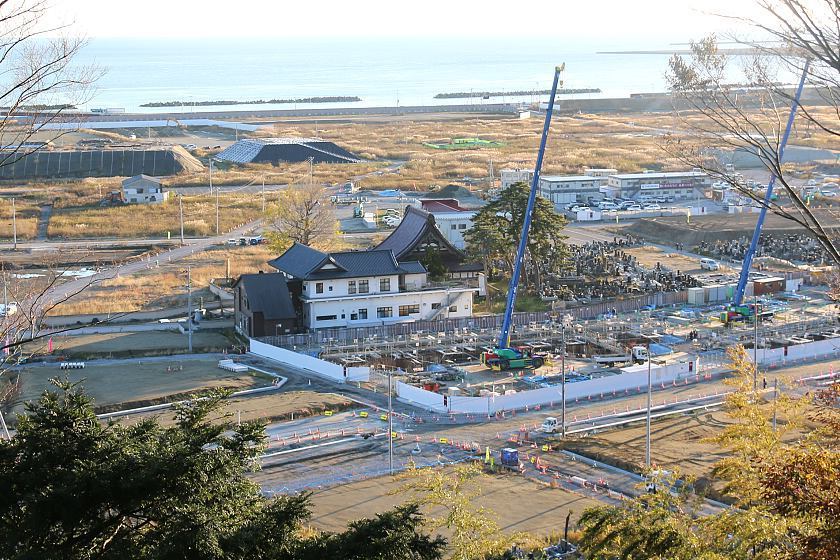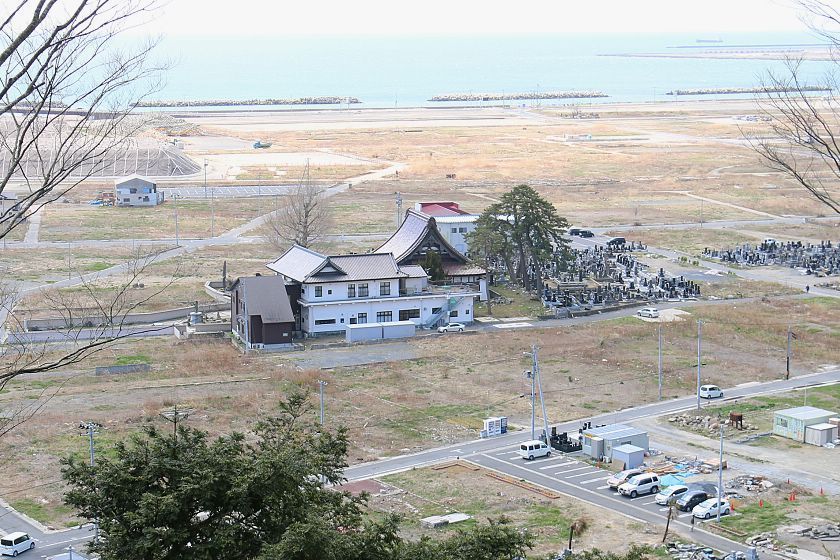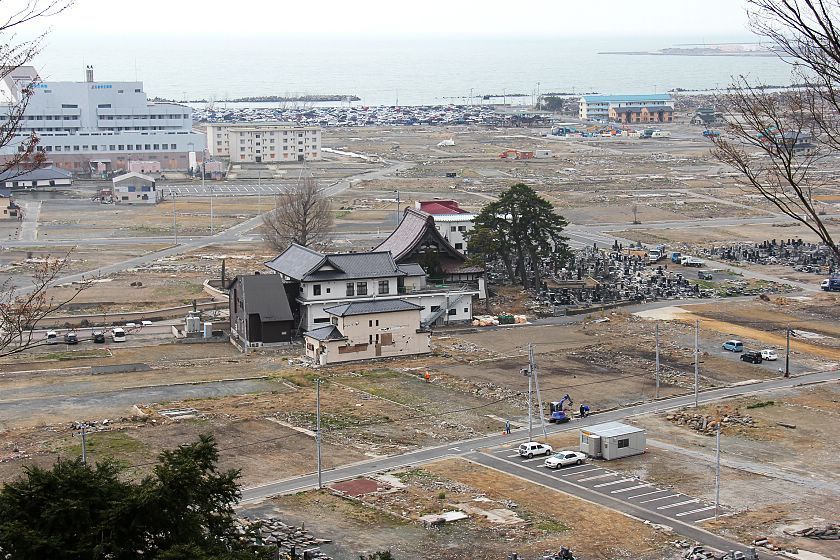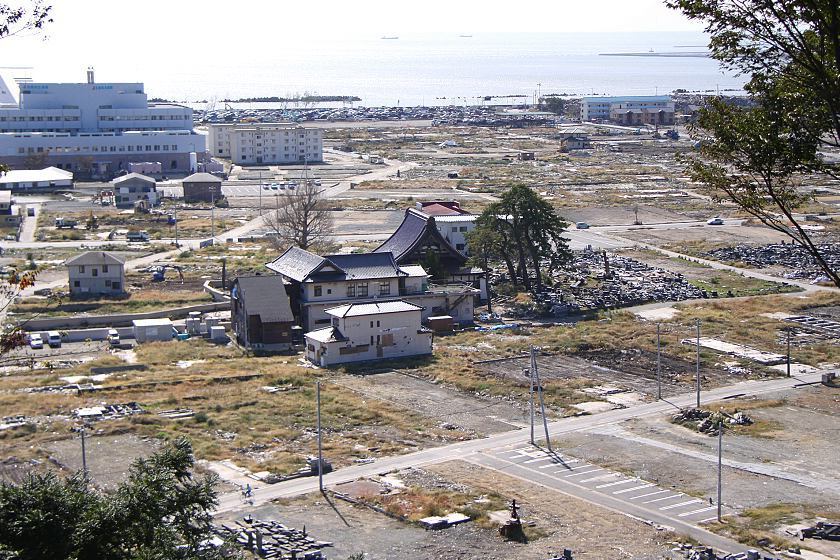Six and a half years after the tsunami
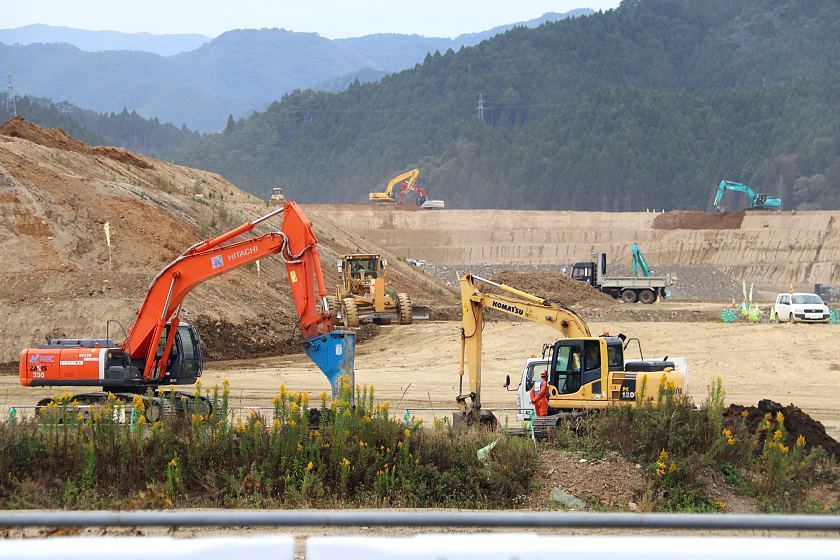
This is the 13th part of our open-ended series to document the recovery of the tsunami-hit coast of northeastern Japan where nearly 20,000 people lost their lives, and entire towns were destroyed in the afternoon of March 11, 2011. Six and a half years after the tsunami, we revisited some of the worst-hit cities along the Sanriku Coast in Miyagi and Iwate Prefectures on October 17-19, 2017.

In many of the destroyed town centers, the colossal work of elevating the ground by several meters and constructing massive seawalls is nearing completion. New commercial complexes are starting to appear in some of the elevated former city centers, and more and more new residential districts are completed, while the once omnipresent villages of temporary housing are gradually disappearing.
This time, we started our visit in Hachinohe City in Aomori Prefecture and followed the Pacific Coast southwards to Sendai. Newly opened sections of the Sanriku Expressway make car travel along the coast increasingly quicker.
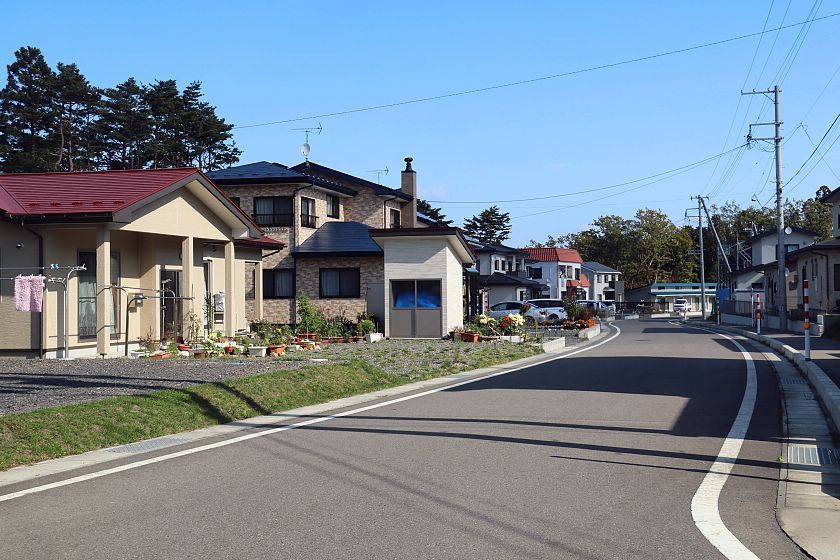
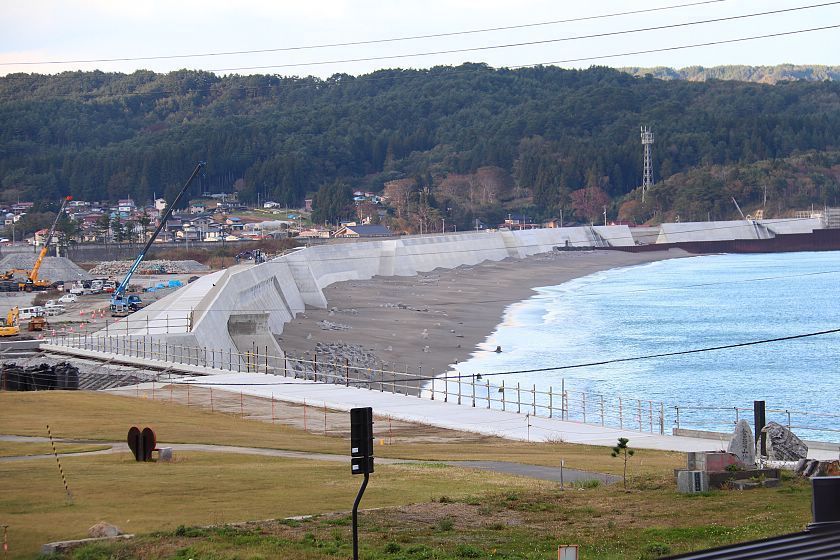
We started our 3-day journey with a visit to Hachinohe, the second largest city in Aomori Prefecture and directly reachable from Tokyo by the Tohoku Shinkansen. Parts of the city were flooded during the 2011 tsunami and port facilities were damaged, but overall damage was not as bad as further down the coast. Hachinohe is famous for its many markets, of which we visited one, the Hasshoku Center. A large selection of fresh local seafood and vegetables is on offer there.

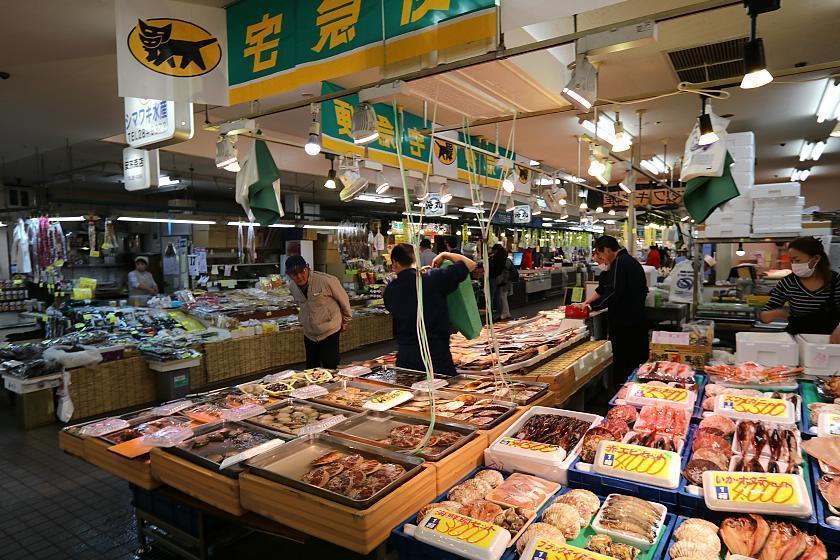
Still in Hachinohe, we visited Kabushima Shrine which stands at the northern starting point of the Michinoku Coastal Trail, a walking trail that connects Hachinohe with Soma City, 700 kilometers further south along the Pacific Coast. The trail is one of the projects to help recovery of the region and is nearly completed. Today, we explored the trail's northernmost section in Hachinohe City which surprised us with its scenic beauty.

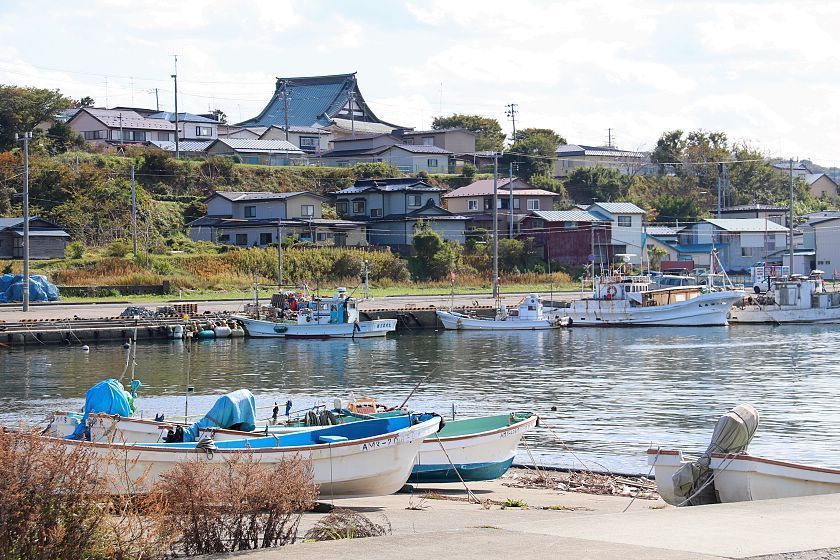
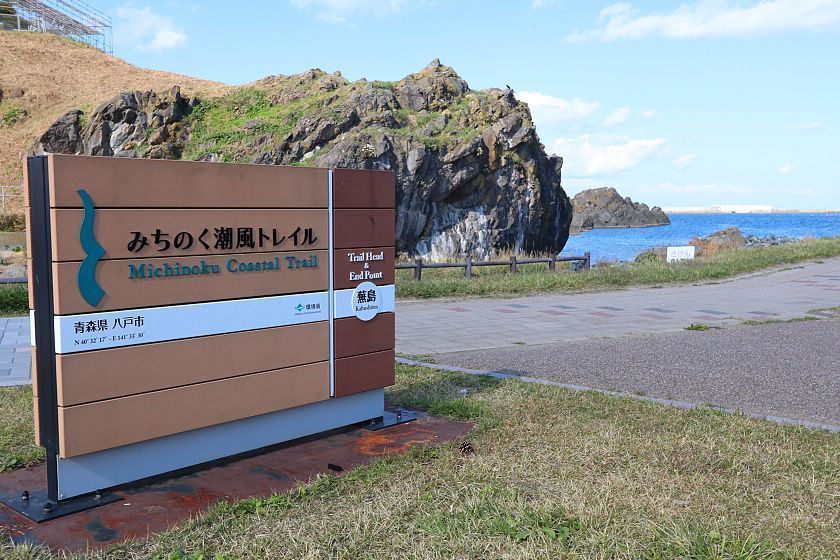

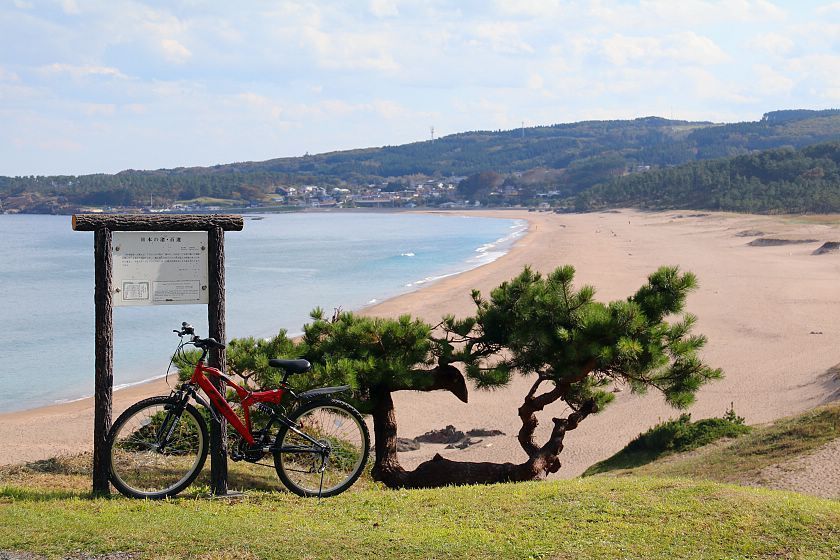
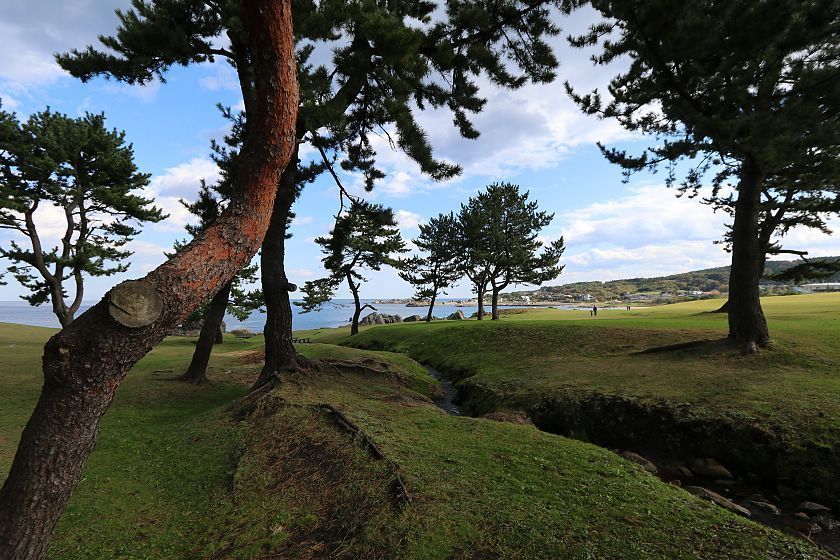
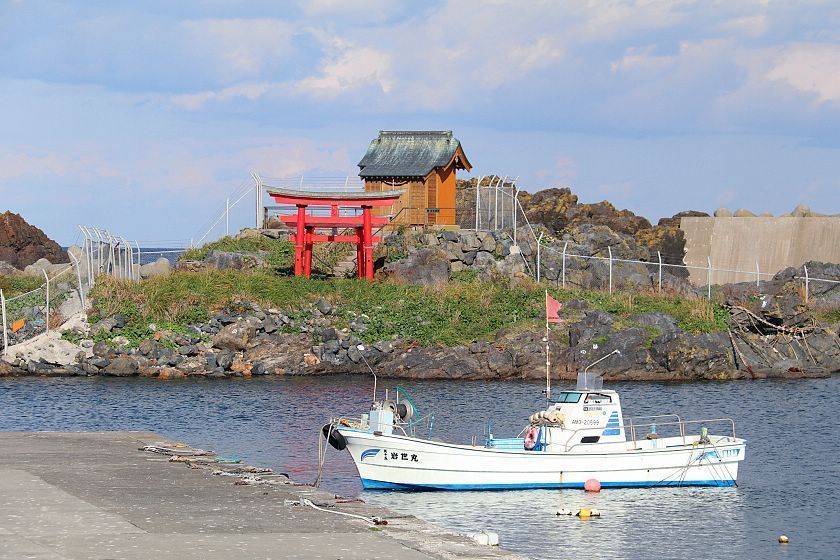
Our hotel today, the Hotel Ragaso, stands south of the Kitayamazaki Coast, so we went to enjoy the spectacular views from the observation deck at the top of the over 100 meter tall cliffs before checking into the hotel. The next day, we took a sightseeing cruise that departs from near Shimanokoshi Station and allows for views of the same cliff from sea level.

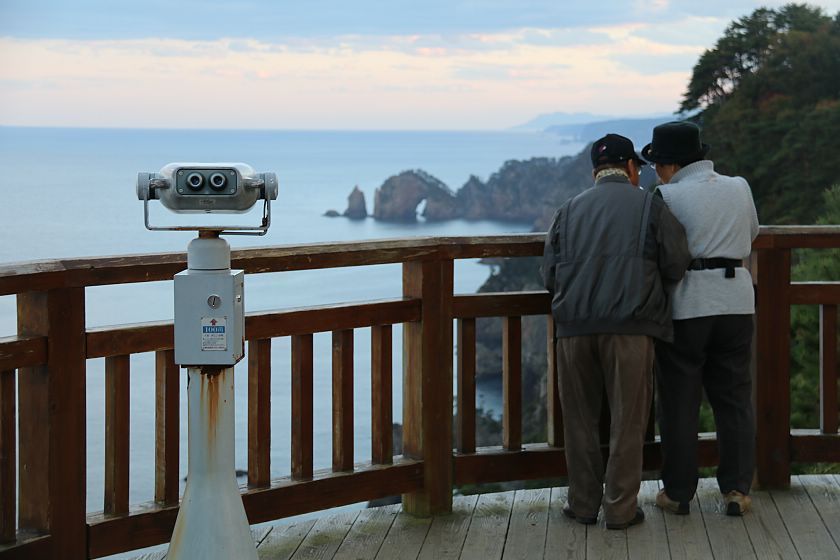

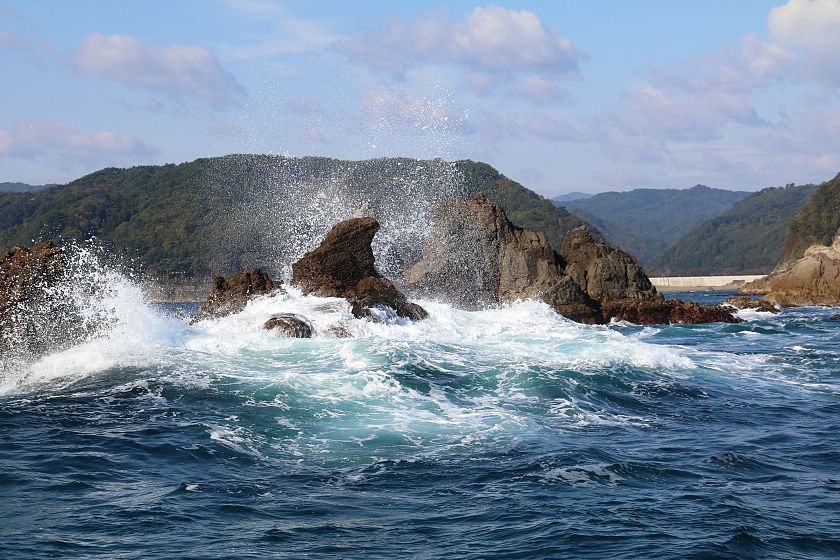
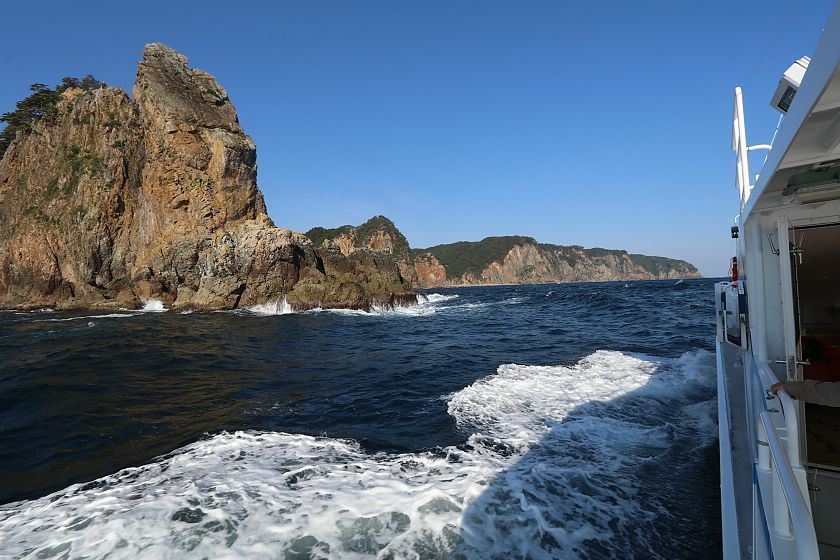

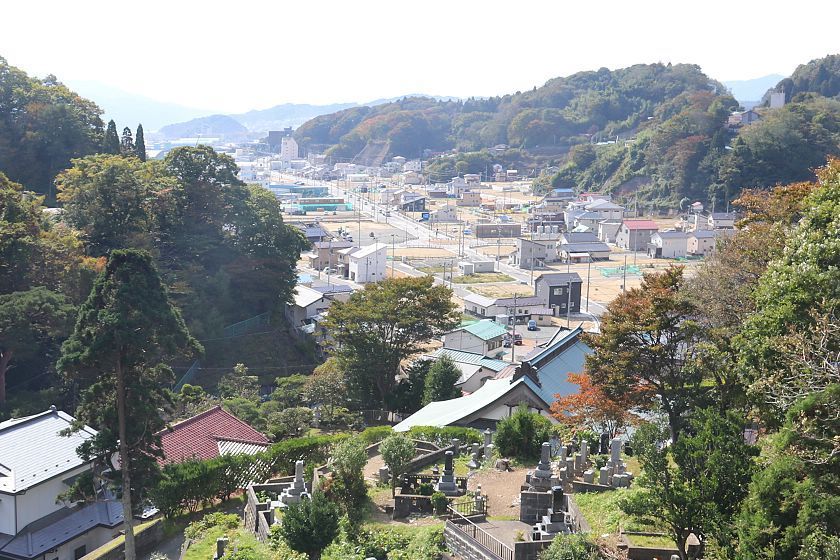
Compare: Oct 2017 - Oct 2016 - May 2016 - Nov 2015 - Apr 2014 - Oct 2013 - Apr 2011
Known as the "The City of Steel, Fish and Rugby", the fishing town of Kamaishi became the site of Japan's first blast furnace and took a pioneering role in Japan's iron and steel industry in the 19th century. When the local steel producer started its own rugby team in the 1950s, the city also became known for its love for rugby. During the next Rugby World Cup, which will be held in Japan in autumn 2019, Kamaishi will host two games in its new stadium that is currently being constructed in the city's Unosumai district.
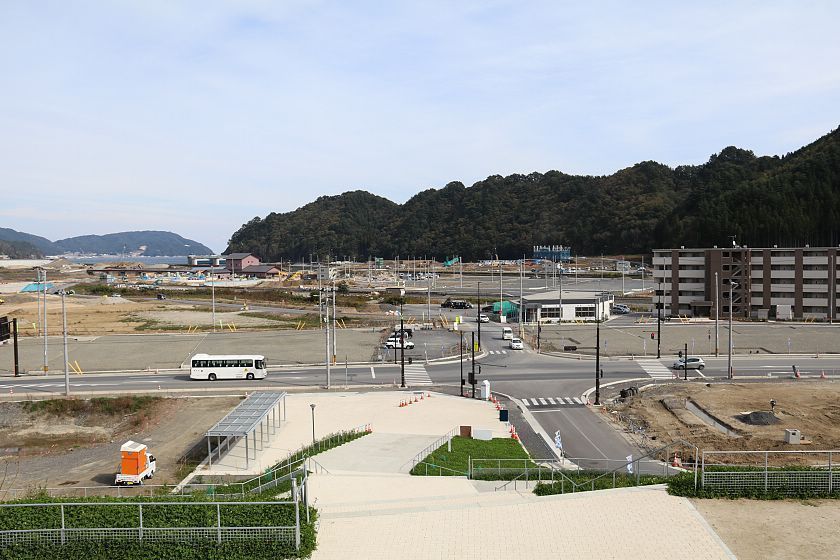
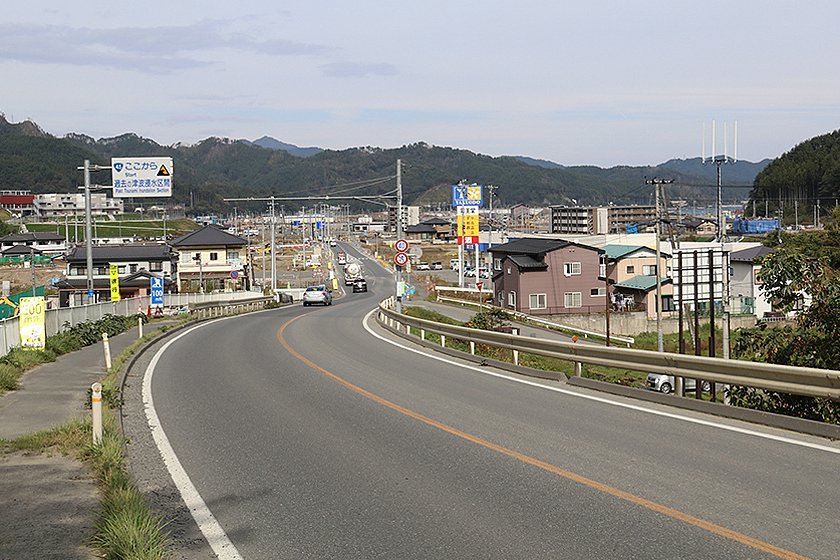
Compare: Oct 2017 - May 2016

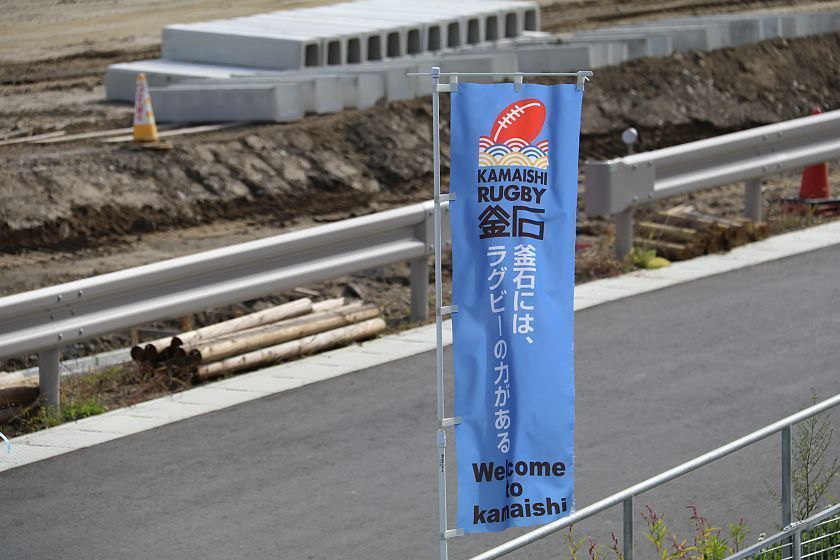
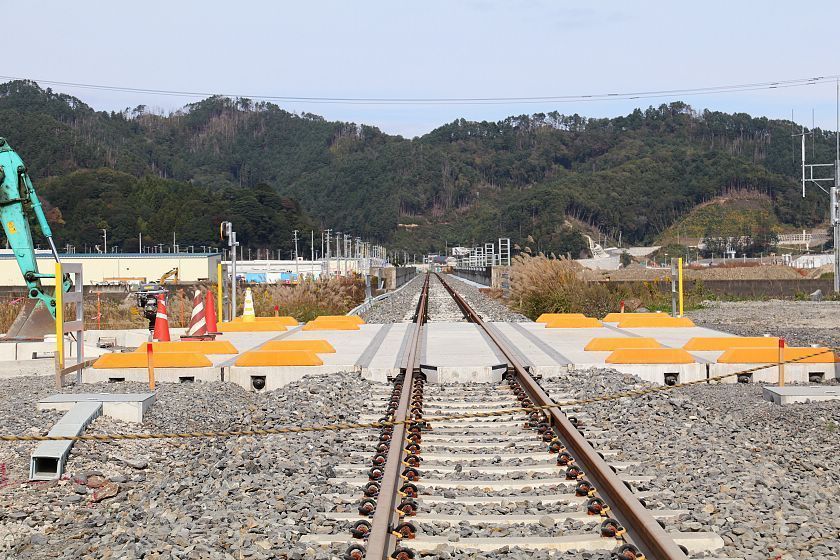
In Rikuzentakata, work on raising the former city center by over ten meters is still ongoing. The Abasse Takata shopping center, that newly opened on top of elevated land earlier this year, continues to enjoy high popularity. Several new shops and cafes have opened around the central complex since our last visit in May, attracting a steady stream of visitors.
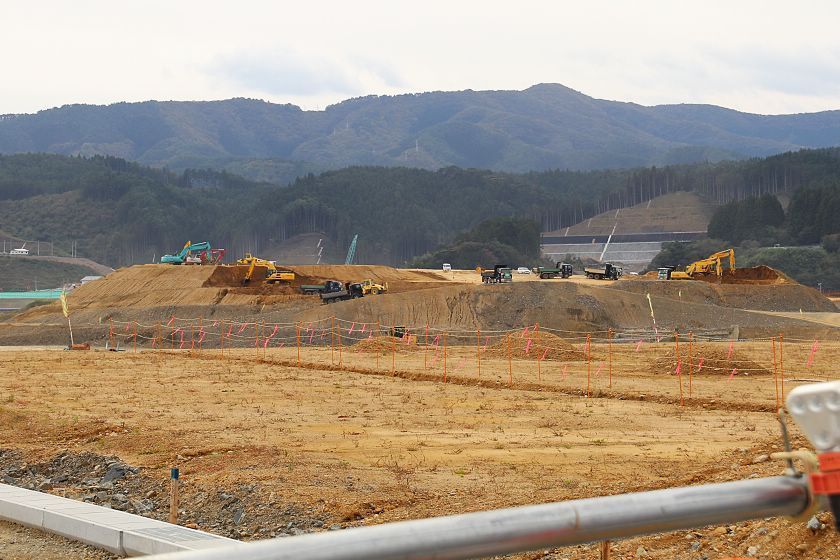
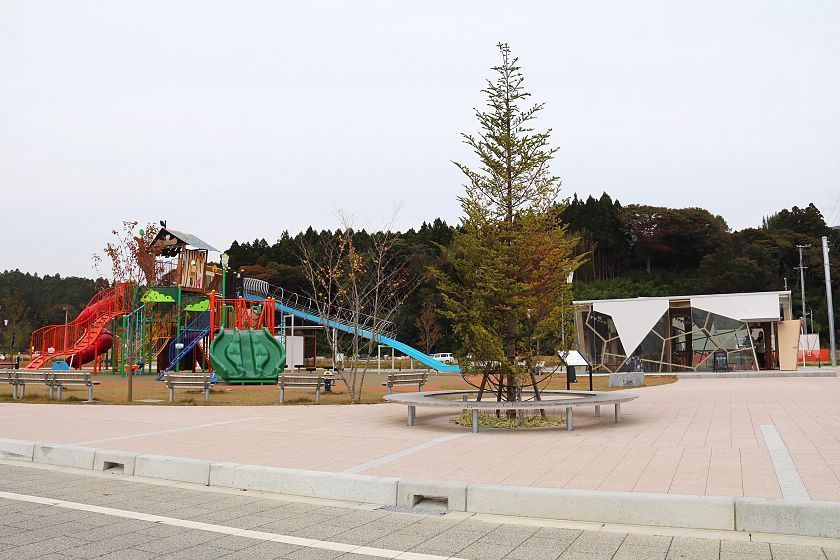
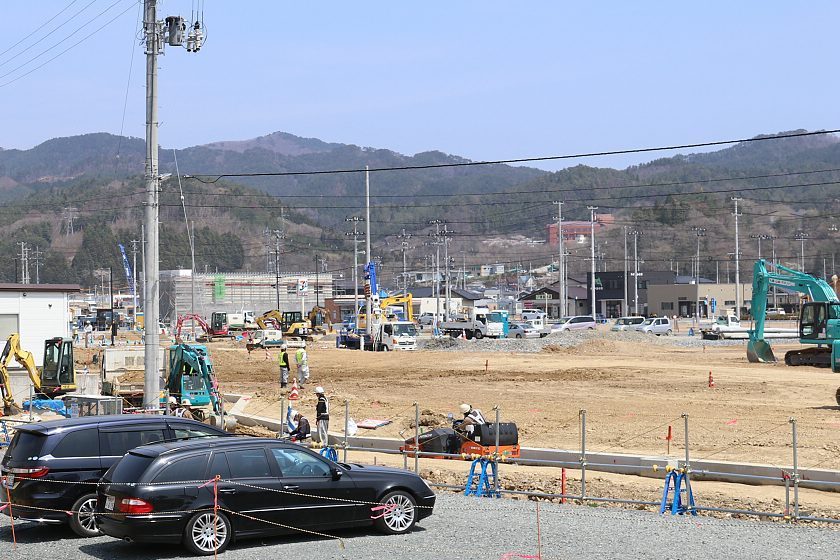
Compare: Apr 2017 - May 2016 - Apr 2015 - Apr 2014 - Oct 2013 - Apr 2013 - Oct 2012 - Apr 2012
In Minamisanriku, the groundwork for redeveloping the former city center is still being laid, and the road network is still undergoing frequent change. We spent the second night of our trip at the Hotel Kanyo just outside central Minamisanriku which is famous for serving fresh local seafood from the waters overlooked by its guestrooms.

Compare: Oct 2017 - May 2016 - Apr 2014 - Oct 2015 - Apr 2015 - Apr 2012 - Oct 2011 - Apr 2011

Compare: Oct 2017 - Apr 2017
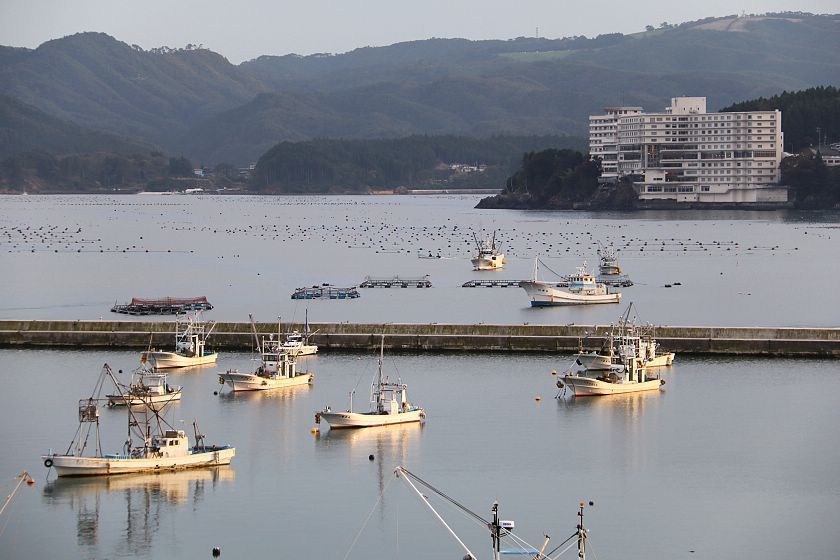
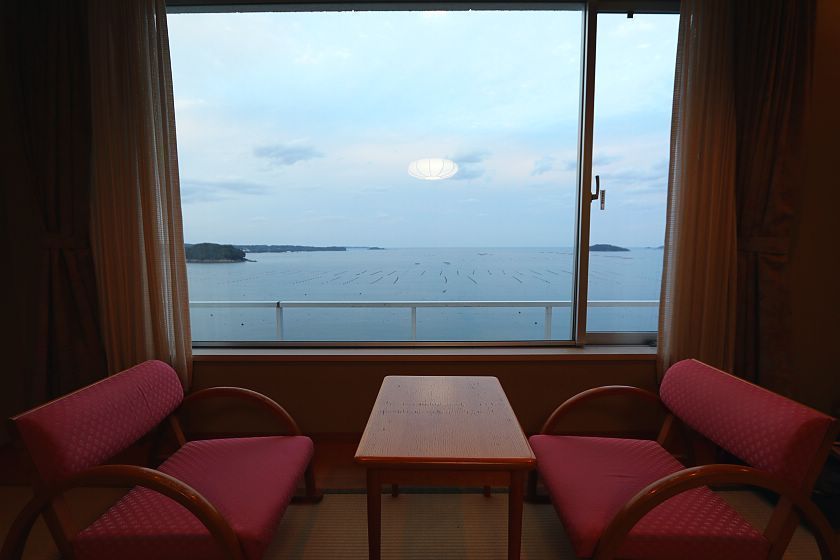
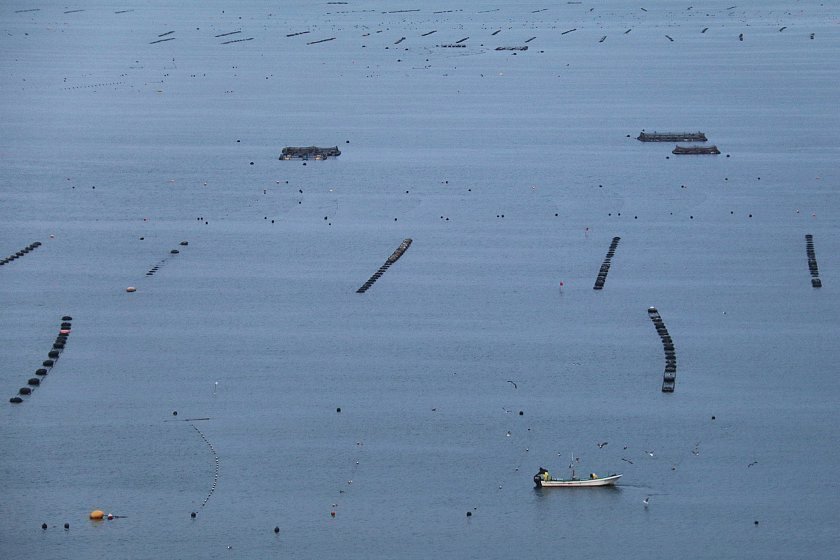
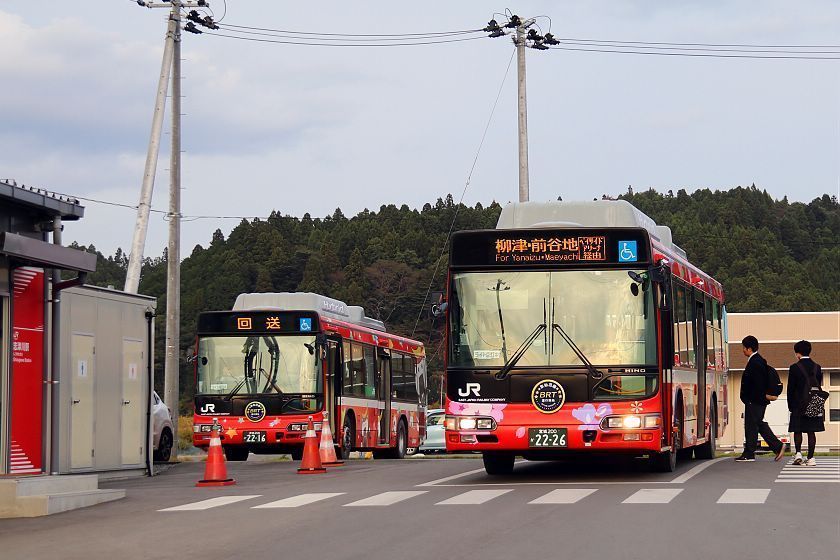
Our last stop this time was Hiyoriyama Park in Ishinomaki from where we observed the progress made along the city's badly damaged shoreline. A large memorial park is planned in the still mostly empty coastal district south of Hiyoriyama Park for completion around 2021.
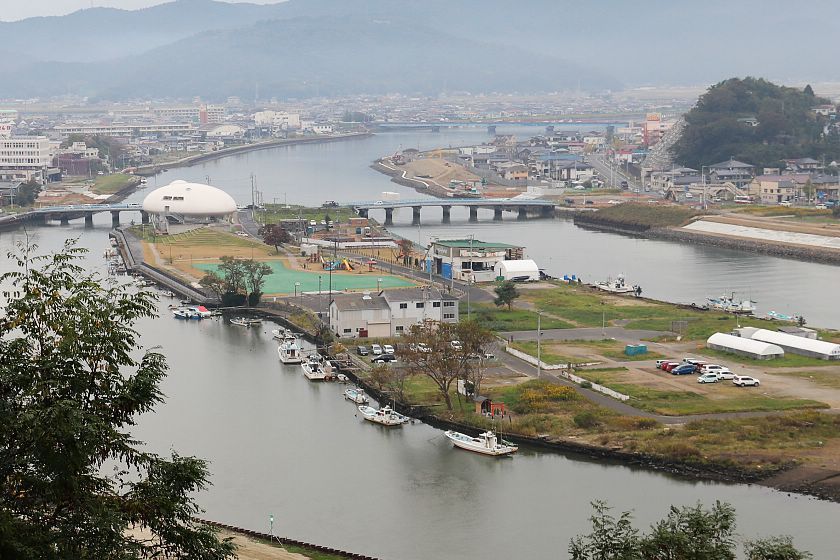
Compare: Oct 2017 - Apr 2017 - May 2016 - Nov 2015 - Apr 2014 - Oct 2013 - Apr 2012 - Apr 2011

Compare: Oct 2017 - Apr 2017 - May 2016 - Nov 2015 - Apr 2014 - Oct 2013 - Apr 2012 - Oct 2011 - Apr 2011
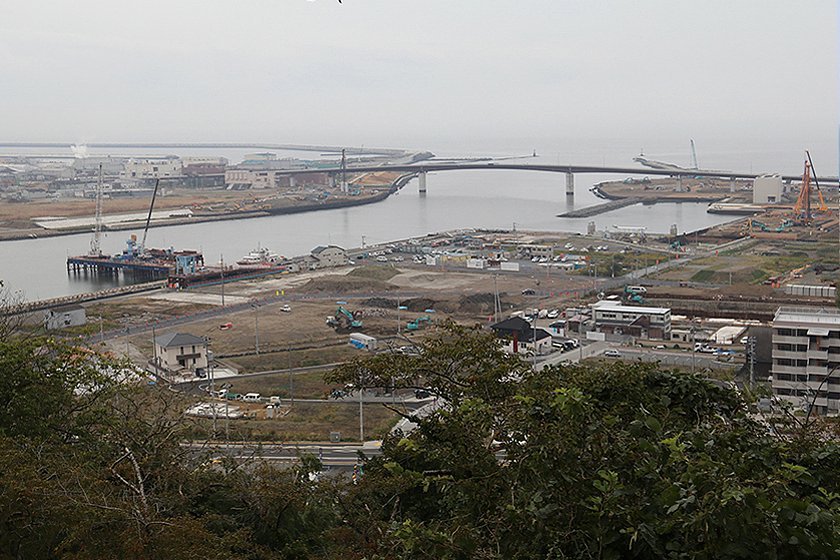
Compare: Oct 2017 - May 2016 - May 2015 - Apr 2014 - Oct 2011
